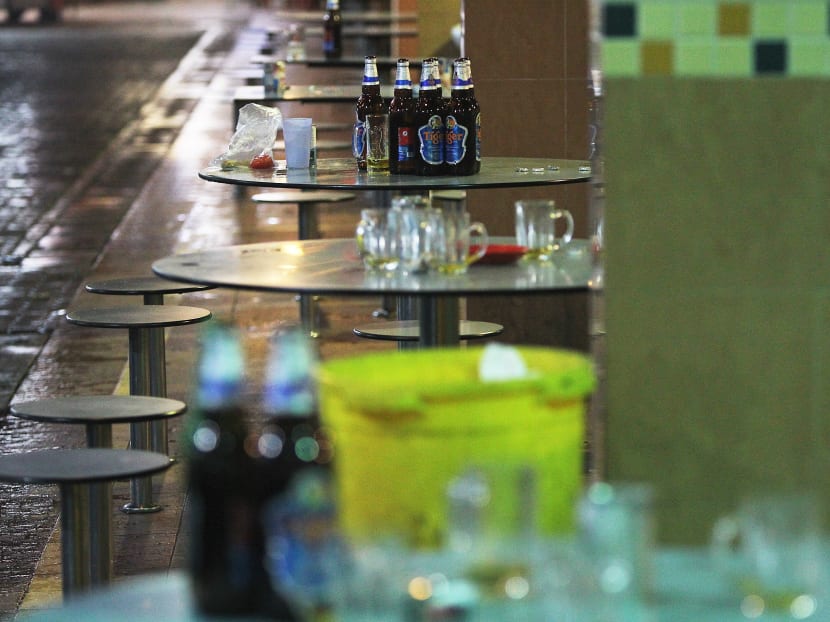47 cases of rioting, 115 cases of serious hurt linked to liquor consumption last year: Iswaran
SINGAPORE – There were 47 cases of rioting and 115 cases of serious hurt linked to the consumption of liquor last year, revealed Second Minister for Home Affairs S Iswaran in Parliament today (Jan 30), as he explained the impetus for proposed restrictions on public boozing under the Liquor Control (Supply and Consumption) Bill..
SINGAPORE – There were 47 cases of rioting and 115 cases of serious hurt linked to the consumption of liquor last year, revealed Second Minister for Home Affairs S Iswaran in Parliament today (Jan 30), as he explained the impetus for proposed restrictions on public boozing under the Liquor Control (Supply and Consumption) Bill..
“In other words, on average, there was one rioting incident and two cases of serious (hurt) each week that was liquor-related,” said Mr Iswaran, adding that the trend has been on the rise. Serious hurt cases include stabbing, cutting using dangerous weapons, and inflicting severe bodily pain on victims.
Noting that nine out of 10 of these incidents occur after 10.30pm, Mr Iswaran said there were “widespread calls and compelling reasons for the Ministry of Home Affairs to consider proactive measures to restrict the supply and consumption of liquor in public places, in order to avert the significant disamenities caused to residents, and mitigate the risks to law and order”. The Liquor Control (Supply and Consumption) Bill was introduced earlier this month. Under proposed laws, the public will not be able to purchase alcohol for take-away or consume alcohol in public places from 10.30pm to 7am daily.
There was also an average of 530 cases of persons found to be drunk and incapable in public places over the past three years, Mr Iswaran said.
The figures however, do not take into account the many cases of noise and other disturbances arising from liquor consumption which are often unreported, he added.
It also does not capture the inconveniences and sense of insecurity that residents in such areas have had to live with, he said.







